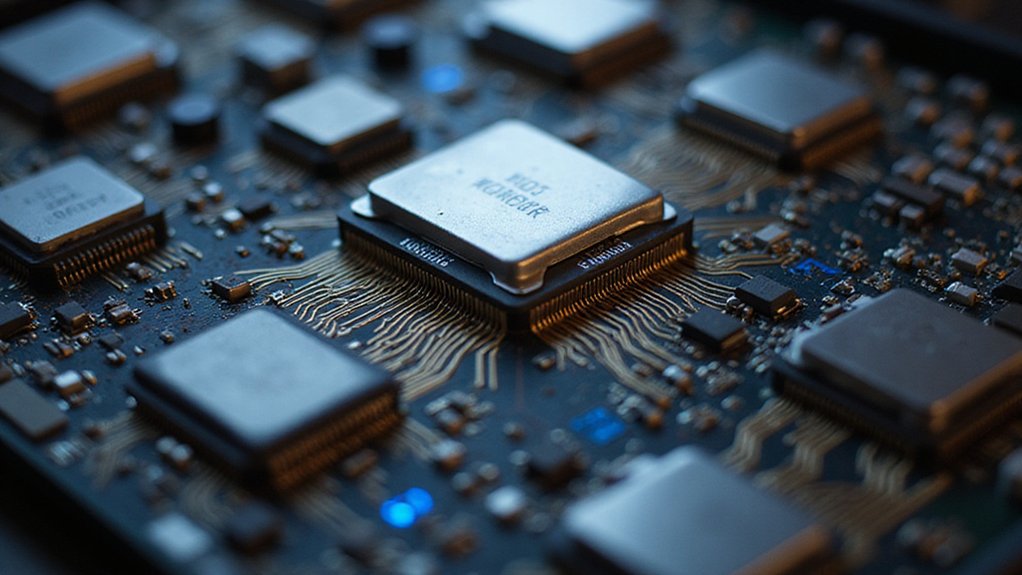Block has revealed its 3-nanometer Bitcoin mining ASIC, a development that promises to reshape the cryptocurrency mining landscape through what the company describes as a “modular platform approach”—though whether this represents genuine innovation or simply another attempt to crack the hardware oligopoly remains to be seen.
The chip, developed by Block’s Proto team, leverages advanced 3nm semiconductor process technology, positioning it alongside the cutting edge of mining hardware. Unlike traditional approaches that prioritize raw hashrate metrics, Block’s strategy emphasizes system integration and sustainability—a curious pivot given that Bitcoin mining’s environmental criticism typically centers on energy consumption rather than e-waste.
Performance specifications remain characteristically opaque, with Block declining to disclose exact joules per terahash figures that competitors routinely trumpet. For context, Bitmain’s Antminer S21e XP Hyd delivers 860 TH/s at approximately 13 J/TH, while Intel’s AXG Blockscale manages around 26 J/TH. Block’s reticence here either suggests competitive positioning concerns or performance metrics that don’t favor traditional comparisons.
Block’s silence on efficiency metrics speaks volumes—either strategic positioning or numbers that don’t compete with established players.
The company’s agreement with Core Scientific—representing roughly 15 exahashes per second of total hashrate—provides immediate market validation and real-world deployment at scale. This partnership offers Block access to one of North America’s largest mining operations, effectively bypassing the typical hardware adoption curve that plagues new entrants. The collaboration with ePIC Blockchain Technologies enhances the platform’s development through specialized expertise in blockchain infrastructure solutions.
Block’s “democratization” narrative centers on modular design enabling smaller miners to scale efficiently without purchasing monolithic rigs. The mining industry’s consistent growth trajectory, reaching an all-time high of 24 million TH/s globally, underscores the massive scale that Block aims to penetrate with its modular approach. Whether this translates to meaningful decentralization or simply creates new dependencies remains unclear.
The modular approach does offer tangible operational benefits: easier maintenance, component upgradeability, and reduced downtime—factors that directly impact mining profitability. Miners seeking passive income through staking alternatives can achieve annual returns between 5-15%, making Block’s hardware efficiency crucial for maintaining competitive mining margins against lower-maintenance options.
The sustainability angle, emphasizing hardware stack reuse and reduced e-waste, addresses growing environmental scrutiny while potentially lowering operational costs. However, the real test lies in whether Block’s platform can meaningfully disrupt the established hardware supplier oligopoly dominated by Bitmain and others.
Block’s chip represents an interesting strategic bet: that mining’s future lies not in maximizing individual unit performance but in creating more flexible, sustainable systems that lower barriers to entry while maintaining competitive efficiency.






